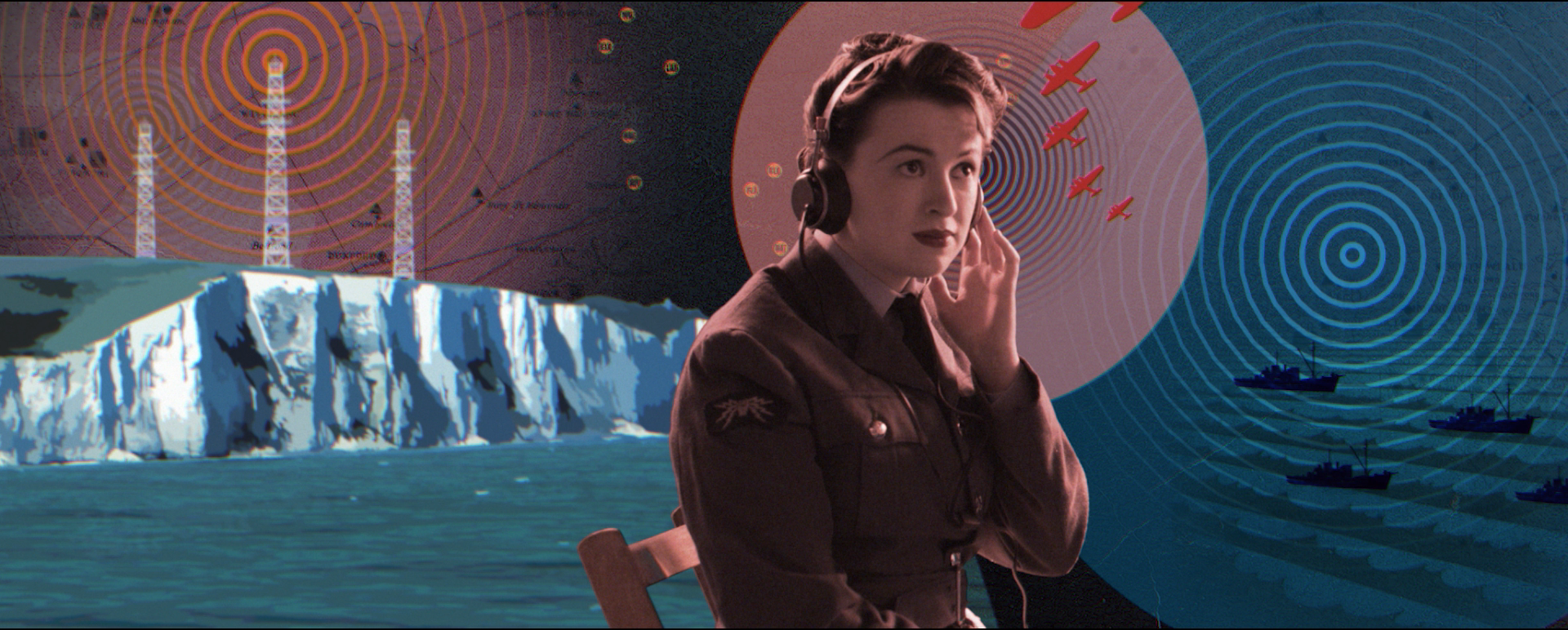About Chris Buxton
Chris Buxton is a freelance writer, director and producer for short films, stage and radio. He has won numerous awards, including a BAFTA Cymru award for Best Short Film.
I’ve always wanted to make the step up to feature films
For some time, I’ve wanted to make a film based around my father's experiences in the Second World War. His experience wasn’t particularly heroic or like traditional war stories, but I know his war – on the home front and around the Empire – has huge scope for a fresh story on Britain and the British. As a piece of traditional filmmaking, this would be an enormously expensive project because of the international location work that’d be involved. This makes the film unfeasible in budgetary terms; you don’t see hundreds of millions of dollars being put into small personal stories.
I had an idea that might bypass the need for costly on-location filmmaking
I wanted to turn the photorealistic world of film production on its head. Instead of trying to ape the real world to a point of almost kidding people we were actually on location in 1942, I thought it’d be interesting to instead opt for a more stylised amalgamation of illustration, graphic design and propaganda poster-style art to evoke the period and setting. Combined with live action drama, this could be a transformational form of filmic storytelling – something I called a ‘Hybrid Narrative’.
This approach to filmmaking would drastically reduce the negative sustainability implications
Through the BFI/ARUP/albert’s Screen New Deal report, I found that the biggest contributors to your carbon footprint when making a film are travel and transport. By not filming on location, you're immediately cutting out those carbon emissions, which has a huge impact. And, without needing to use virgin materials to create sets and props that get moved hundreds of miles discarded, you’re further reducing emissions.
The use of photorealistic VFX alongside location-based filming or green screen can also be a drain on resources, such as power, so choosing simpler, collage-like ways of evoking a sense of place would reduce the environmental impact of post-production.
I used Green Cymru Challenge funding to test my concept
I wanted to make test shots for my film in a sustainable way, to prove that there are creative solutions available within the film industry when it comes to curbing carbon emissions. So, on top of the sustainable aspects innate to hybrid narrative filmmaking, I used local cast and crew, and local suppliers to reduce travel emissions, hired the few props we used locally, filmed in a multipurpose space, and worked with a sustainable/ethical caterer.
I went through an extensive creative phase of shooting, then testing, then refining the approaches to different shots and sequences, until I had the shots for a proof of concept for the feature film. I incorporated different aspects of experimental filmmaking with narrative that I’d explored in my Masters work to create this Hybrid Narrative film. These aspects included title sequence design, illustration, animation, motion design, the juxtaposition of layers with live action and more.
I created sequences that carried the narrative without the carbon and financial costs
There’s a complex set of shots that illustrates this well: we see a convoy of ships sailing in the Mediterranean, then the camera pulls out to reveal that the convoy is in fact a reflection of a convoy in the mirror of a signalling lamp held by a RAF navigator sitting in a plane. Then, the camera pulls back from that and the plane veers off into the clouds.
This massively complex sequence that would’ve cost so much time, money and carbon emissions to do on location with photorealistic VFX cost me about £60 in materials and had a comparatively miniscule carbon impact. Other than filming it, I had to buy the lamp, a 3D model of the plane online, the RAF uniform and do some illustration. The whole sequence was done in the space of just a few hours, and it tells the story as effectively, and I would argue more evocatively, than if we’d used typical big budget filmmaking methods.
Because film is such a realist medium, we’re conditioned to expect it to look realistic
I wanted to do the opposite. I wanted audiences to see that the film isn’t real, it’s highly stylised, but it’s still a film with narrative, action and artistry. It needn’t be less valid a piece of storytelling just because it’s a different style to what we’ve become accustomed to with big budget film studios, on-location filming, intense levels of VFX and all the carbon and cash that comes with them.
I’m really happy with the proof of concept that we created
We’ve had brilliant feedback from audiences and interest from people within the industry. It shows that you can produce entertaining and engaging films without some of the negatives that come with contemporary filmmaking; our budget was tiny, and we didn’t have the carbon emissions associated with heavy schedules of travel, transport, set building and photorealistic VFX technology.
As well as making a feature length film, I want to keep overturning industry standards
This project has shown that doing things differently to the norm can be just as effective a way to tell stories as more typical methods. We tend to think inside the box, but when it comes to environmental issues we need to move fast and try alternative solutions. This doesn’t necessarily mean cutting artistic opportunities or impacting creativity; there's a huge amount of interesting technology out there and so many innovative creative solutions we can make. We can probably expand on what we do as filmmakers, rather than feel we have to contract because of environmental concerns.

